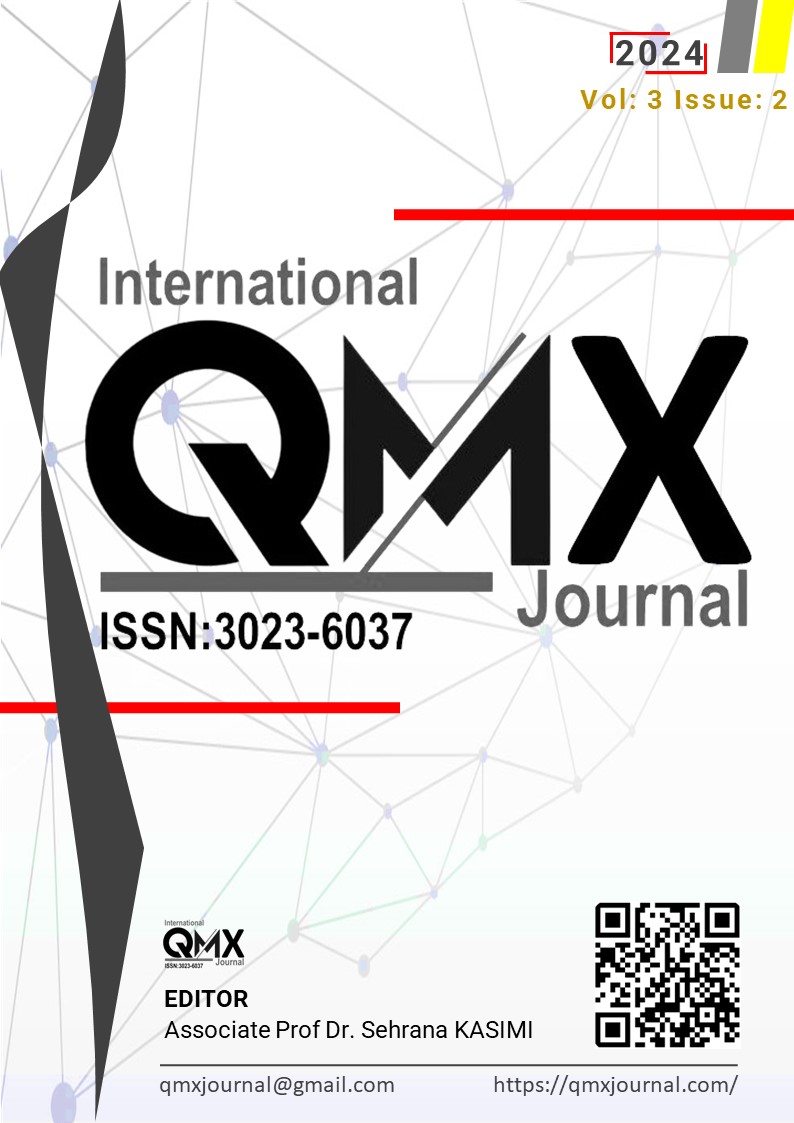Author :
Abstract
Eğitimde yaratıcı düşünce geliştirme yöntemleri, öğrencilerin problem çözme, yenilikçilik ve farklı bakış açıları geliştirme yeteneklerini içeren kritik bir beceriyi teşvik etmeyi amaçlar. Yaratıcılığın orijinallik, uygunluk ve etkililik olmak üzere üç temel bileşenden oluştuğu ve esneklik, özgünlük, risk alma gibi özellikleri barındırdığı belirtilmiştir. Eğitimde yaratıcı düşünce ve inovasyonun rolü, öğrencilerin gerçek dünya problemlerine çözüm üretme yeteneklerini geliştirmelerine olanak sağlar. Yaratıcı düşünceyi etkileyen bireysel ve çevresel faktörler, kişinin bilişsel yetenekleri, kişilik özellikleri ve sosyal çevresi olarak tanımlanır. Eğitim sistemi ve öğretim yaklaşımları, disiplinler arası bir bakış açısıyla öğrencilere bilgi ve beceri aktarımını desteklerken, yaratıcı düşünceyi engelleyen faktörlerin üstesinden gelinmesi gerektiği vurgulanmaktadır. Yaratıcı düşünme becerilerini geliştirmek için problem tabanlı öğrenme, özgün ve alternatif çözüm yolları bulma, hayal gücü ve görselleştirme teknikleri gibi yöntemler önerilir. Yaratıcı düşünmeyi destekleyen öğretim stratejileri arasında içsel motivasyonu artırma, grup çalışması ve işbirliği, oyunlaştırma ve yaratıcı aktiviteler bulunur. Teknoloji, dijital araçlar ve uygulamalar, sanal ve artırılmış gerçeklik teknolojileri ile online platformlar ve eğitim oyunları aracılığıyla yaratıcı düşünce geliştirmede önemli bir role sahiptir. Yaratıcı düşünme eğitiminin değerlendirilmesi, performans görevleri, portföy değerlendirmesi ve geri bildirim süreçleri ile yapılabilir. Gelecekte, yaratıcı düşünme eğitimi disiplinler arası yaklaşımlar, öğrenme odaklı metodlar ve küresel sorunlara yaratıcı çözümler bulma üzerine daha fazla odaklanacaktır.
Keywords
Abstract
Creative thinking development methods in education aim to promote a critical skill that includes students' ability to problem solve, innovate and develop different perspectives. It has been stated that creativity consists of three basic components: originality, relevance and effectiveness, and includes characteristics such as flexibility, originality and risk-taking. The role of creative thinking and innovation in education allows students to develop their ability to generate solutions to real-world problems. Individual and environmental factors affecting creative thinking are defined as a person's cognitive abilities, personality traits and social environment. While the education system and teaching approaches support the transfer of knowledge and skills to students from an interdisciplinary perspective, it is emphasized that factors that inhibit creative thinking should be overcome. Methods such as problem-based learning, finding original and alternative solutions, imagination and visualization techniques are recommended to develop creative thinking skills. Teaching strategies that support creative thinking include increasing intrinsic motivation, group work and collaboration, gamification and creative activities. Technology has an important role in developing creative thinking through digital tools and applications, virtual and augmented reality technologies, online platforms and educational games. Assessment of creative thinking education can be done through performance tasks, portfolio assessment and feedback processes. In the future, creative thinking education will focus more on interdisciplinary approaches, learning-oriented methods and finding creative solutions to global problems.
